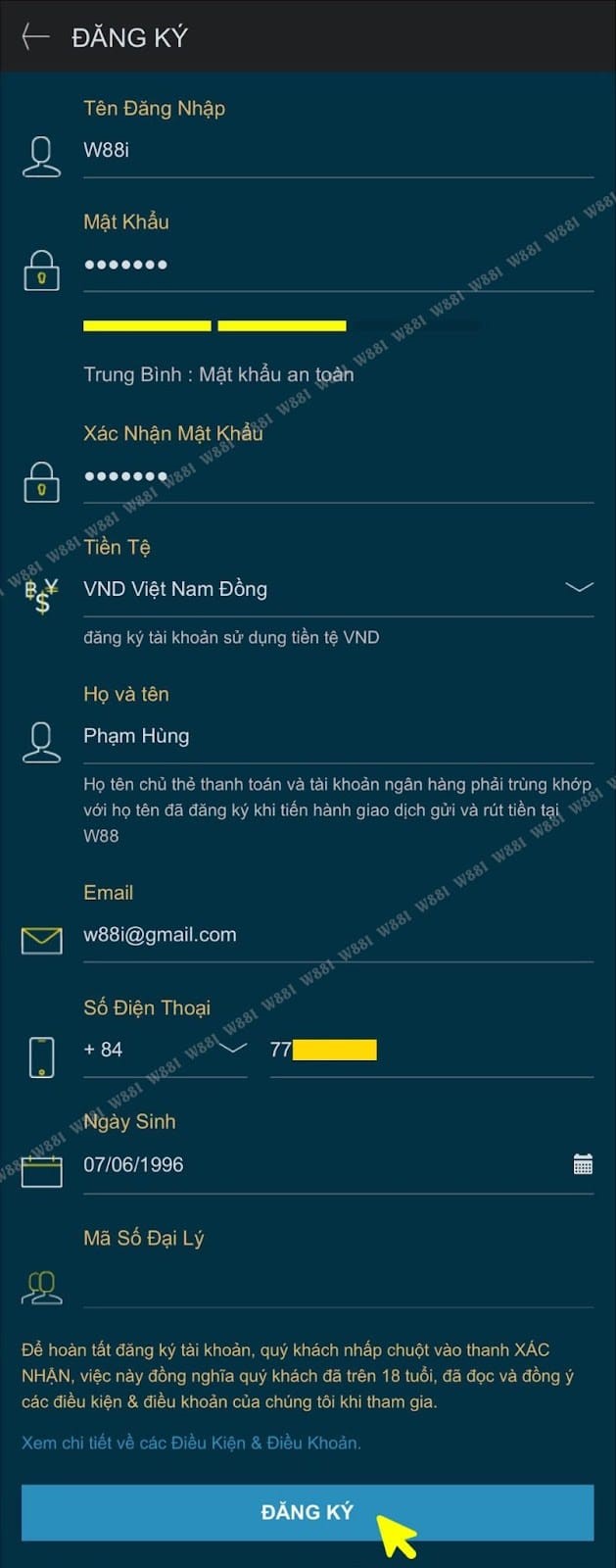—
Engaging Content Creation with Keyword Integration: A Guide
Creating engaging content that captivates your audience while seamlessly integrating crucial keywords can significantly elevate your blog’s visibility and relevance. The art of copywriting is not just about stuffing your articles with keywords but embedding them in a way that feels natural and adds value to your readers. In this guide, we’ll explore effective strategies for crafting compelling blog posts that resonate with your audience and perform well in search engine rankings.
Understanding Your Audience คูเบตเกม
First and foremost, kubet thai knowing your audience inside out is crucial. Tailoring your content to meet their interests, challenges, and questions ensures your blog remains a go-to resource. This understanding helps in selecting topics that are not only relevant but also highly sought after by your readers.
Keyword Research and Selection

Choosing the right keywords is pivotal for SEO. Tools like Google Keyword Planner or SEMrush can help identify keywords with high search volumes and low competition. These keywords should be relevant to your topic and audience. Integration of keywords should be natural, focusing on places like the title, headings, and throughout the content in a way that feels organic.
Crafting an Engaging Title
Your title is the first impression readers have of your content. Including your primary keyword within the title, while making it intriguing and clear, can significantly impact click-through rates. Titles that invoke curiosity, promise value, or present solutions tend to perform well.
Structuring Your Article for Readability
The structure of your article can greatly affect its readability and engagement. Breaking down your content into smaller paragraphs with subheadings makes it easier for readers to skim through and find the information they need. Bullet points, lists, and images can also enhance the readability of your article.
คู่มือสุดท้ายสำหรับการดาวน์โหลด Kubet คาสิโน

Writing Compelling Introductions
The introduction of your blog post should hook your readers right from the start. A compelling introduction sets the tone for the rest of the article and encourages readers to continue. Start with a surprising fact, a question, or a bold statement related to your topic.
Delivering Value through Your Content
The body of your article should deliver on the promises made in your title and introduction. Each paragraph should offer valuable information or insights related to your main topic. Use your keywords naturally throughout the content, ensuring that their usage enhances the article rather than detracts from it.
Conclusion and Call-to-Action
Concluding your article with a summary of key points or takeaways reinforces the value provided to your readers. Including a call-to-action (CTA) encourages engagement, whether it’s commenting on the blog, sharing the article, or exploring related topics on your site.
FAQs
Ending your blog with a frequently asked questions (FAQ) section can answer additional queries your readers might have. This not only adds value but can also incorporate more keywords into your content naturally.
—
Creating Your Blog Post
Now that we have outlined the key components of creating an engaging and keyword-optimized blog post let’s put these principles into action. Remember, the goal is to provide value to your readers while enhancing your blog’s SEO performance through strategic keyword integration. Happy writing!


